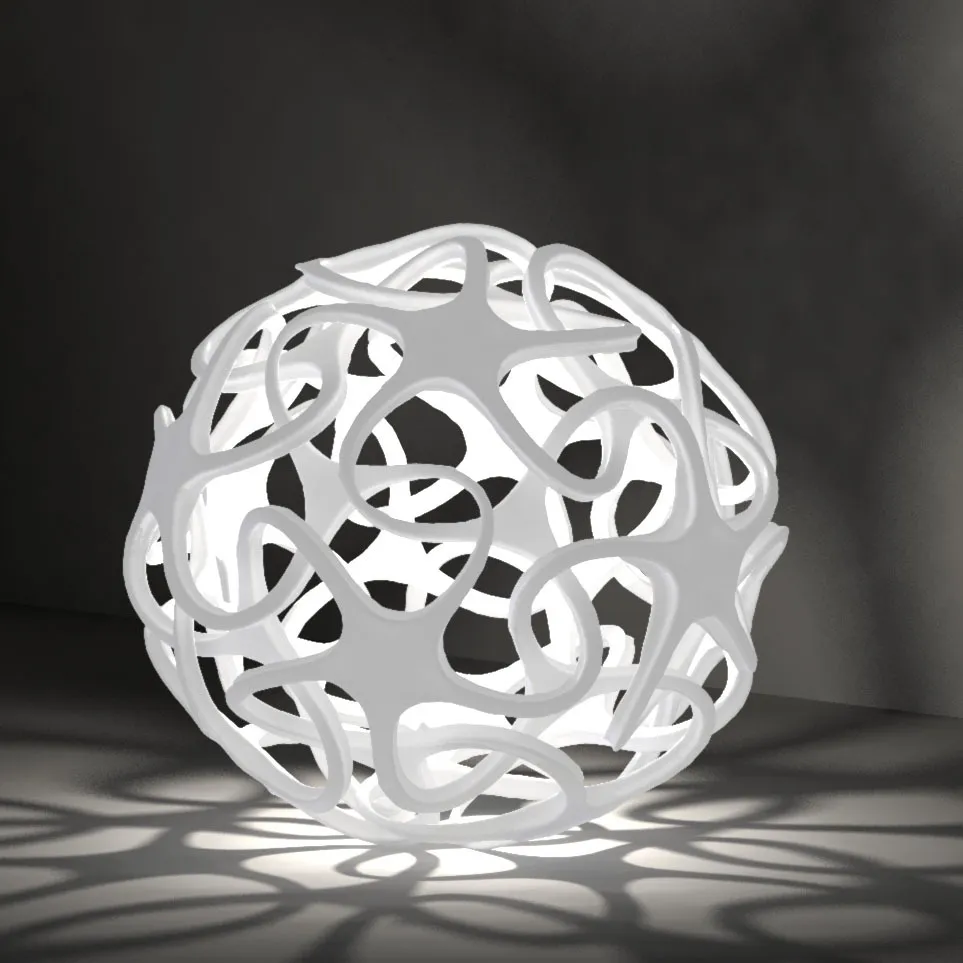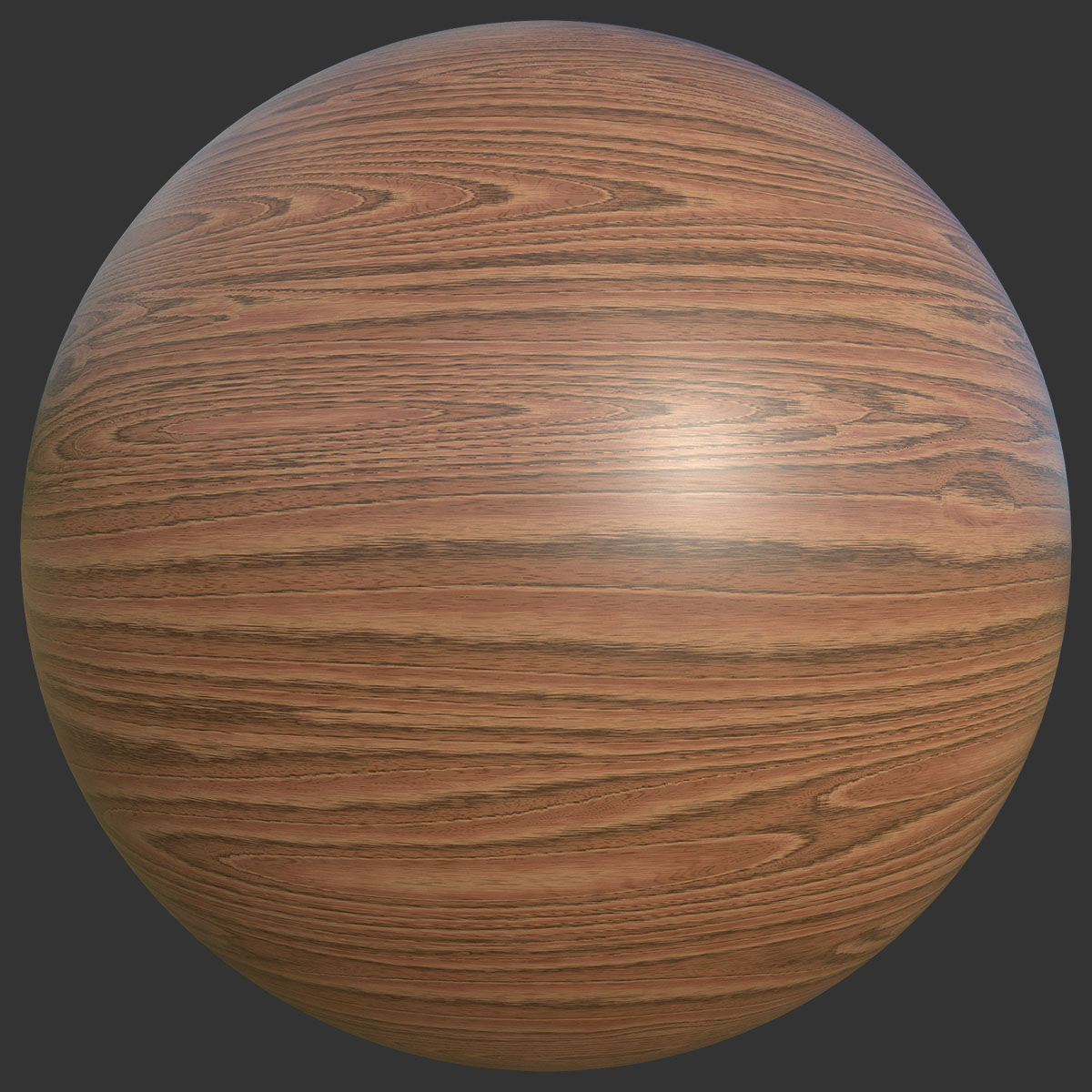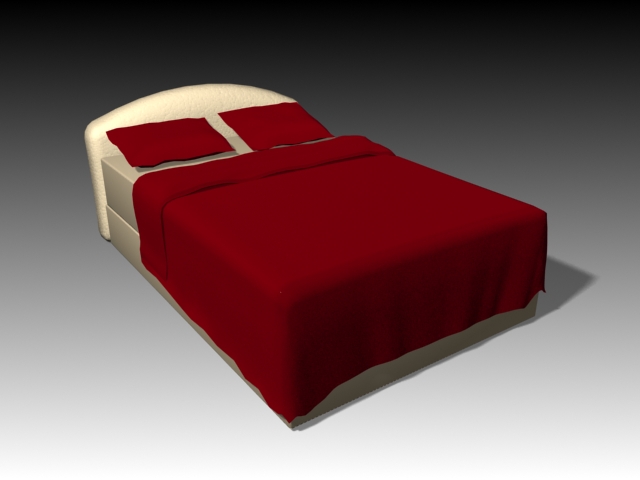
“There is some great research in the field of computer graphics on how to model a wide variety of joint geometries. Something that has plagued users of 3D printers, which share a common ancestry with milling machines, is that software for 3D printers cannot always be sure how the machine itself will behave which can lead to failed prints. This means that milling machines, which have physical limitations such as their degrees of freedom, tool size and so on, are only given designs they are able to create. Something that makes Tsugite unique is that it will factor the fabrication process directly into the designs. Different colors inform the user about properties of the joints such as how easily they will slide together, or problems such as potential weaknesses. Two or more components can be joined, and the software algorithm will adjust all accordingly.


These voxels can be moved around at one end of a component to be joined this automatically adjusts the voxels at the end of the corresponding component such that they are guaranteed to fit together tightly without the need for nails or even glue. Tsugite gives users a detailed view of wooden joints represented by what are known as voxels, essentially 3D pixels, in this case small cubes. But more advanced users can jump straight to a manual editing mode for more freeform creativity.” “Tsugite is simple to use as it guides users through the process one step at a time, starting with a gallery of existing designs that can then be modified for different purposes. When we tested the interface in a user study, people new to 3D modeling not only designed some complex structures, but also enjoyed doing so,” said researcher Maria Larsson. “Our intention was to make the art of joinery available to people without specific experience. These designs can then instruct milling machines to carve the structural components, which users can then piece together without the need for additional tools or adhesives, following on-screen instructions.


They call it Tsugite, the Japanese word for joinery, and through a simple 3D interface, users with little or no prior experience in either woodworking or 3D design can create designs for functional wooden structures in minutes. Researchers from the Department of Creative Informatics at the University of Tokyo have created a 3D design application to create structural wooden components quickly, easily and efficiently.


 0 kommentar(er)
0 kommentar(er)
